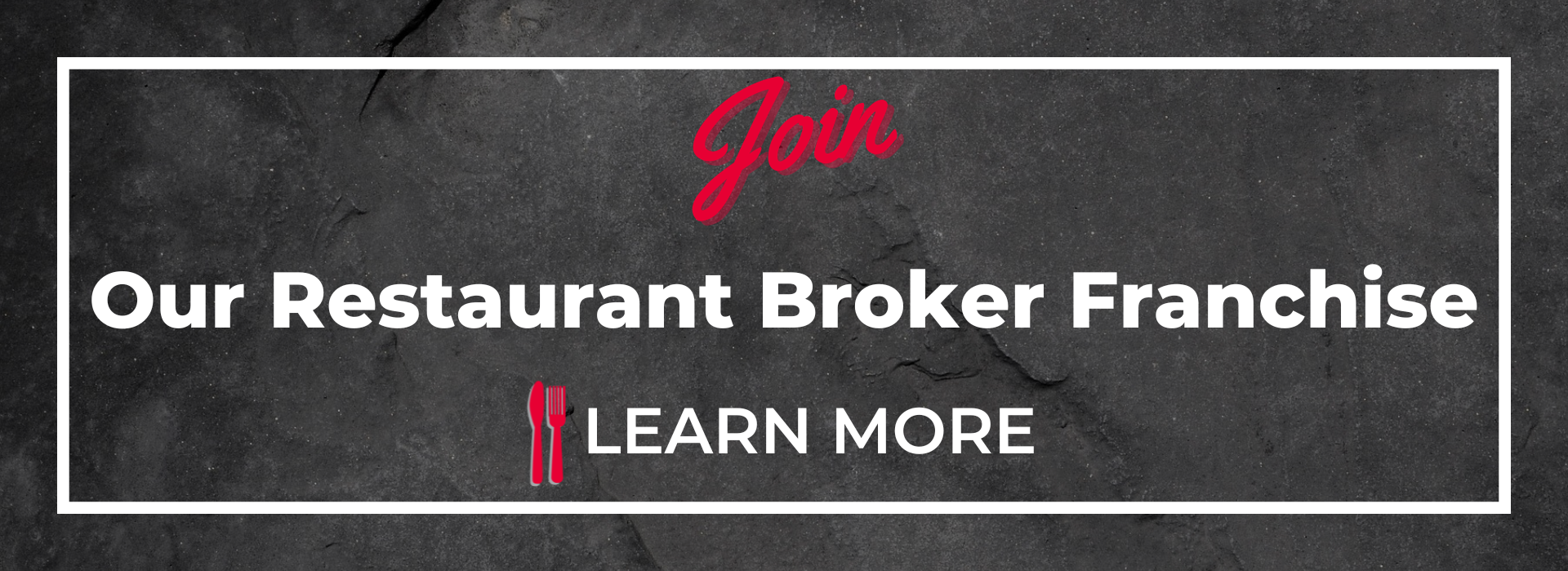Landlords are an essential part of the deal when renting a restaurant location. Ideally, the hope is for a symbiotic relationship between the landlord and the tenant, with each party having the best interest of the restaurant and its success at heart. To curate and maintain a peaceful relationship, gaining clarity upfront and knowing how to negotiate through a contract are imperative for a restaurant tenant or buyer.
There are two instances where the landlord and restaurant tenant must come to an agreement. The first is on the initial lease with all deal terms negotiated and memorialized in the final lease document signed by the parties. The second is when there is an assignment of the lease. This occurs when the restaurant is in contract to a new buyer who wishes to assume the terms of the existing lease.
Signed, Sealed, Delivered
The landlord must approve of the sale and either assign a new lease or amend the current lease. The language allows the lease to be assigned in its current state to a new restaurant operator in the same location. It’s a huge benefit for the buyer if the lease terms are favorable. However, if there are unfavorable terms that bind the buyer, it’s best to request a new lease rather than accepting the existing terms.
Landlord Requirements
Before a landlord will consider a transfer, there are specific requirements that must be met. If the incoming restaurant operator is working with a restaurant real estate broker, this should come as no surprise. Having a detailed presentation ready to go will work in the potential restaurant owner’s favor and will most likely expedite the process.
A good thing to remember is most landlords will only meet with a prospective tenant once they’ve performed initial credit checks and received a full information packet on the tenant. Keep in mind, typically the more properties a landlord controls, the more demanding their requirements. With some local landlords, a personal finance statement and a menu will suffice. However, most landlords are sophisticated enough that they need a complete package on their potential tenant.
Landlords commonly request the following information:
• Consent to check the credit and the Social Security number of the incoming tenant.
• Two years of tax returns, as they’re looking for sufficient income and liquidity between tax returns and financial statements to give them assets to attach if rent is not paid.
• A concept change. This allows the landlord to make sure the concept doesn’t conflict with the lease agreement or existing tenants. The landlord won’t benefit if he puts two pizza restaurants in the same center and neither can do enough business to thrive.
• Background and experience, so the landlord knows the incoming restaurant operator is familiar with the industry.
Time To Negotiate
Once the package is complete, negotiations begin. If the potential restaurant tenant’s net worth doesn’t qualify them with the landlord, there will be little room to leverage in a deal. The credit requirement and liquidity varies based on the landlord and the lease amount.
To combat a weak financial status, there are a few strategies available. The first is to agree to extra months of deposit. For a buyer with less credit, one can offer as many as five months of deposit with the lease stating that one month is returned each year or credited against rent for every year the tenant is current on the lease. Another option is having a second guarantor on the lease. This can be anyone ranging from a family member to a silent business partner. Lastly, the tenant can secure an irrevocable letter of credit. This instrument, available from lenders, is equivalent to cash for a landlord who may draw on it when rent is late.
Lease Options
The typical lease is a five-year term with negotiated options that must be exercised prior to the end of the first term, which is often six months in advance. Once the incoming restaurant tenant has qualified financially, met with the landlord and come to terms on the rent, it’s time to begin negotiating the details of the lease. Here are a few things to consider.
Exit Strategies
The most common error in the business terms of a lease is failure to plan for an exit strategy. There are countless reasons why a business owner would need to get out of a lease. Often, exit language isn’t inserted unless a restaurant real estate broker is making the recommendation.
Experience Clause
Landlords prefer experience. Some actually require that experience as part of the lease document itself. That will be a barrier to selling the business later if the experience clause cannot be satisfied.
Plenty of successful individuals enter the restaurant industry without experience, but that doesn’t preclude their eventual success. Be wary of landlords that sneak language into the lease that requires restaurant experience, even for franchise operators.
Transfer Charge Clause
Determine upfront what the amount of the transfer charge will be and do not agree to “reasonable attorney fees” or any other loose language. If at any point in the future this business is sold and the lease is transferred, this is at the tenant’s expense. Cap it, identify it, know what it is, and make sure it’s minimal, such as “$1000 fee to transfer a lease shall be the maximum allowable charge.”
Gaining clarity upfront and negotiating in advance on landlord requirements, experience and exit clauses will save time and effort when the restaurant owner seeks to transfer the lease term in the future.
This article was originally written by Official Forbes Business Council Member Robin Gagnon and published on Forbes on June 7, 2022.

Robin Gagnon, Certified Restaurant Broker®, MBA, CBI, CFE is the co-founder of We Sell Restaurants and industry expert in restaurant sales and valuation. Named by Nation’s Restaurant News as one of the “Most Influential Suppliers and Vendors” to the restaurant industry, her articles and expertise appear nationwide in QSR Magazine, Franchising World, Forbes, Yahoo Finance, and BizBuySell. She is the co-author of Appetite for Acquisition, an award-winning book on buying restaurants.

 404-800-6700
404-800-6700









